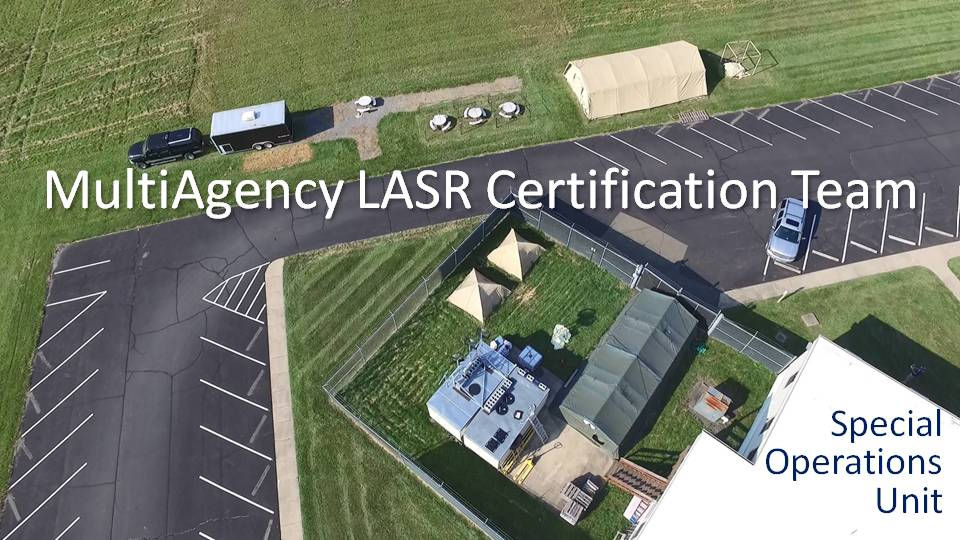LASR Strike Teams Need Standards to Guide Training to Become a Typed Resource
- Jim Blanchard, ScD
- May 1, 2016
- 2 min read
Spent a good amount of time from 2005 through 2011 helping the DoD (under contract to USAF Expeditionary Warfare Center) develop a leadership assessment program for the commanders that will land on hostile, bare, or remote ground and establish a Forward Operating Base (FOB). We used MOBAARS extensively to capture human and materiel at work. We also pushed real-time data back to the assessment team. Over the course of the 7 year program, more than 60+ week-long field exercises were conducted. Some findings made it to combat operations Command & Control validation. We learned that the key to timely, accurate decisions was developing and sharing a common operating picture at all levels of the mission command, and keeping that picture accurate and up to date. Seems obvious, but the lack of a "big picture" still exists in many sectors of business and public safety. So while it's obvious, it's not common. Our research and training goals presumed that a broad view of the operation gave commanders a much-needed situation assessment tool. But there were no standards in place at all for how to use this in the C2 locations - and it wasn't shared - and there was no training. Aside from those omissions, it seemed like a good plan. In those days, we simulated the drone operations be putting PTZ cameras on the Air Traffic Control towers and mobile 100' tower trailers., and set out to develop C2 standards so that if the day ever came where the small units that establish these bases ever got drones they could effectively put them to use.
Fast forward to 2015 - with the ability to quickly launch an "eye in the sky" at any location, incident commanders are learning the lessons the DoD FOB Expeditionary Teams learned a decade earlier - the big picture matters, and helps commanders forecast and estimate the appropriate use of manpower and materiel (among other resources that in the DoD we call DOTMILPF... Google it).
The goal of the program is to collect the data needed to inform the structure of the standards-based training for DHS FEMA Incident Command use of "drones" or Land.Air.Sea Robotics (LASR).
Today I approved and started a formal program at the UAS Academy to take lessons learned in our teaming with Bergen County OEM in AUG 2015 and put them under the UASA IR&D microscope. We hope to get this program validated in 2 years. This briefing will be kept current as the program advances the science of Command & Control in Emergency Response. Our tools will the the people that make the incident decisions, and the Land.Air.Sea Robotics (LASR) Systems that are at their disposal.


















Comments